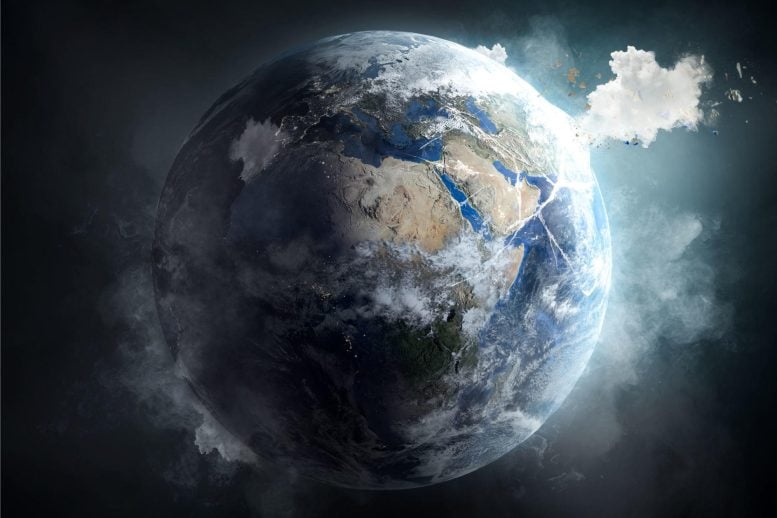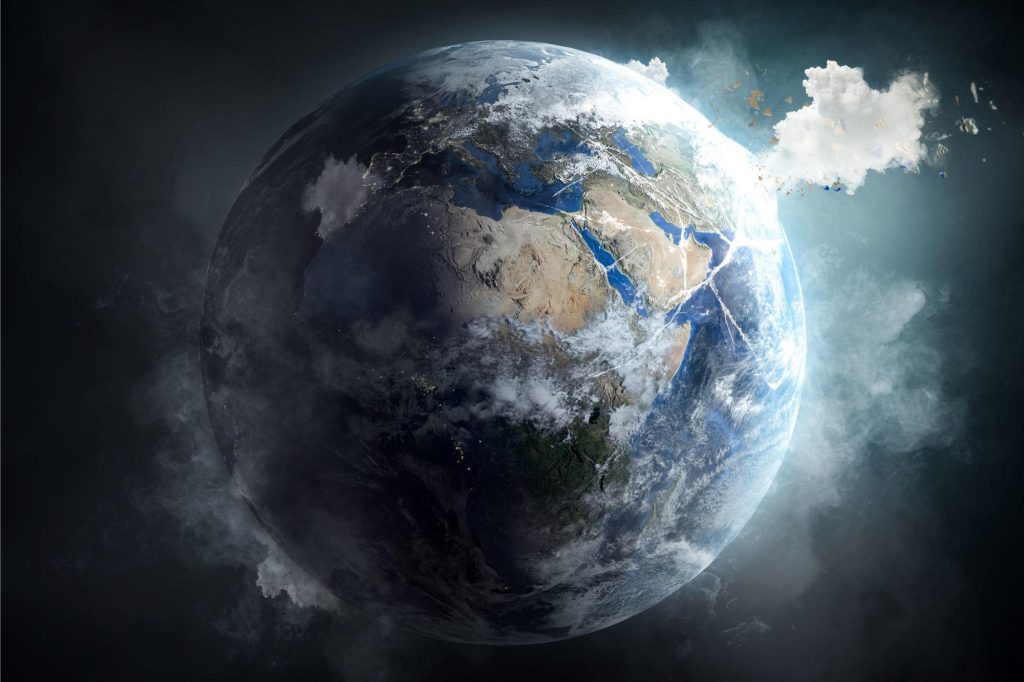
Earth’s current ice-covered state is an anomaly, relying on rare geological conditions, and scientists caution that excessive warming may not naturally revert to cooler climates.
New research reveals that the cool conditions necessary for ice caps to form on Earth are rare in the planet’s history and depend on a complex interplay of factors.
A team of scientists from the University of Leeds investigated why Earth has spent most of its history in a ‘greenhouse’ state—without ice caps—and why the present ice-covered conditions are so uncommon.
Their findings suggest that Earth’s current climate is an anomaly, made possible by a fortunate combination of circumstances.
Many ideas have previously been proposed to explain the known cold intervals in Earth’s history. These include decreased CO2 emissions from volcanoes, or increased carbon storage by forests, or the reaction of CO2 with certain types of rocks.
The researchers undertook the first-ever combined test of all of these cooling processes in a new type of long-term 3D model of the Earth which was first developed at the University of Leeds. This type of ‘Earth Evolution Model’ has only recently been made possible through advances in computing.
They concluded that no single process could drive these cold climates, and that the cooling in fact required the combined effects of several processes at once. The results of their study were recently published in the journal Science Advances.
The findings will help to reconcile a debate in the Earth Science community about which processes were responsible for driving these cold periods.
Why Icehouse Earth Is Rare
Lead author, Dr Andrew Meredith, who carried out the research while working in the School of Earth and Environment at the University of Leeds, said the study helped to explain why icehouse states are so rare.
“We now know that the reason we live on an Earth with ice caps – rather than an ice-free planet – is due to a coincidental combination of very low rates of global volcanism, and highly dispersed continents with big mountains, which allow for lots of global rainfall and therefore amplify reactions that remove carbon from the atmosphere,” he explained.
“The important implication here is that the Earth’s natural climate regulation mechanism appears to favor a warm and high-CO2 world with no ice caps, not the partially glaciated and low-CO2 world we have today.
“We think this general tendency towards a warm climate has helped prevent devastating ‘snowball Earth’ global glaciations, which have only occurred very rarely and have therefore helped life to continue to prosper.”
Benjamin Mills, Professor of Earth System Evolution in Leeds’ School of Earth and Environment, supervised the project. He added that the results of the research had important implications for global warming and the immediate future.
“There is an important message, which is that we should not expect the Earth to always return to a cold state as it was in the pre-industrial age,” he said.
“Earth’s current ice-covered state is not typical for the planet’s history, but our current global society relies on it.
“We should do everything we can to preserve it, and we should be careful with assumptions that cold climates will return if we drive excessive warming before stopping emissions. Over its long history, the Earth likes it hot, but our human society does not.”
Reference: “Phanerozoic icehouse climates as the result of multiple solid-Earth cooling mechanisms” by Andrew S. Merdith, Thomas M. Gernon, Pierre Maffre, Yannick Donnadieu, Yves Goddéris, Jack Longman, R. Dietmar Müller and Benjamin J. W. Mills, 14 February 2025, Science Advances.
DOI: 10.1126/sciadv.adm9798






